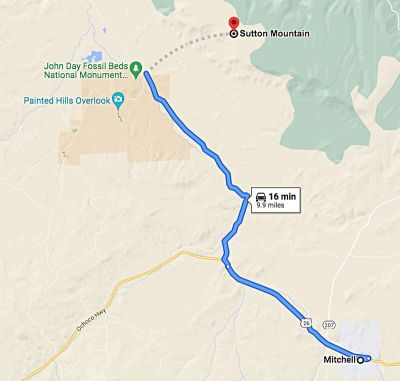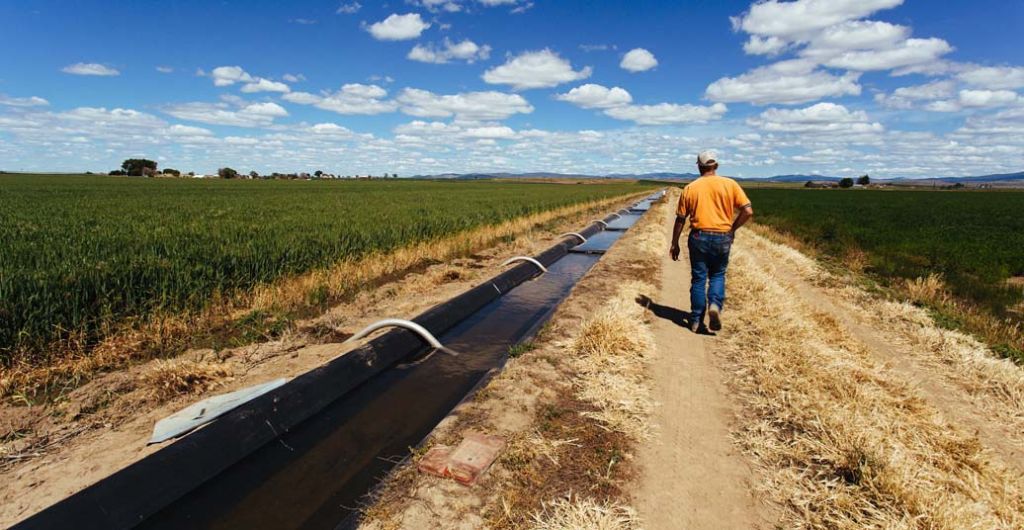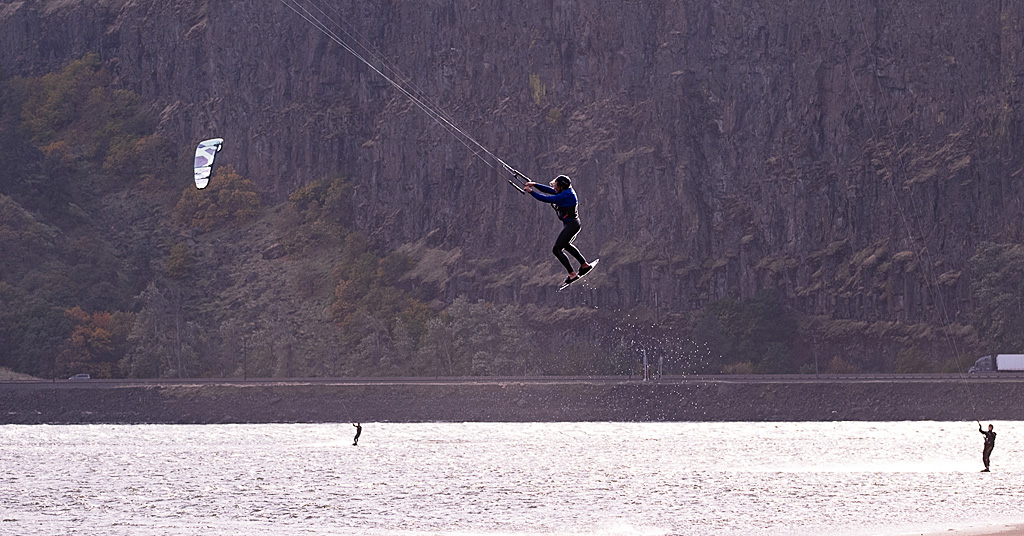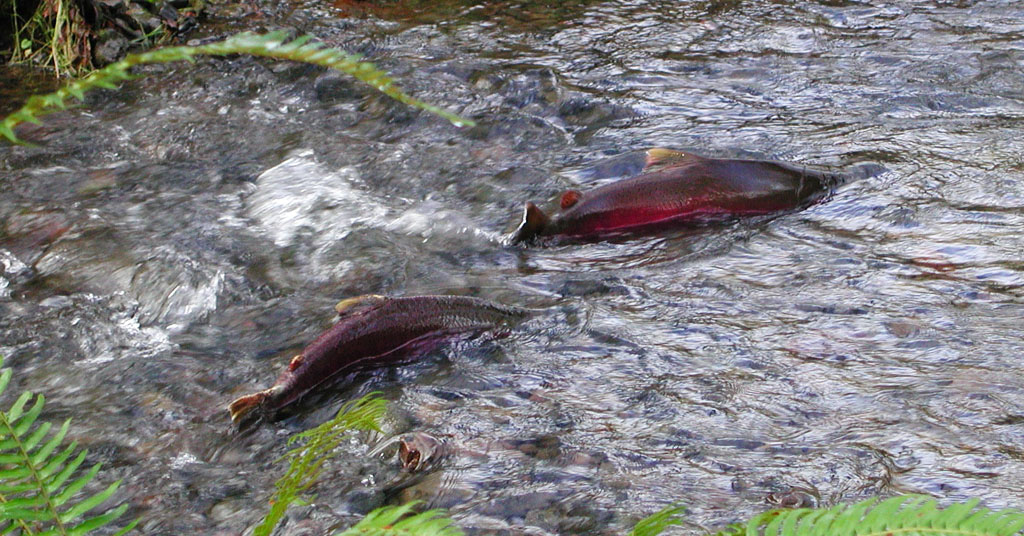Central Oregon’s Sutton Mountain appears set to become the Columbia River Basin’s ‘newest’ scenic attraction

Monumental: Sutton Mountain could join its more famous neighbors on central Oregon’s site-seeing circuit. Photo: Jim Davis
By Jordan Rane. November 8, 2021. Until last week, Sutton Mountain was an easy nominee for the most widely overlooked—and under-protected—natural wonder in Oregon.
Towering above the state’s high desert in Wheeler County, the 4,700-foot peak—a wonder of canyons, gorges and flowery meadows occupied by bighorn sheep, elk and golden eagles—has been overshadowed by its far more popular neighbors, the dazzling Painted Hills and rugged John Day Fossil Beds National Monument.
On Nov. 3, Oregon Sens. Jeff Merkley and Ron Wyden shifted the spotlight a notch by introducing legislation for the Sutton Mountain and Painted Hills Area Wildfire Resiliency Preservation and Economic Enhancement Act.
Mouthful title aside, the bill proposes the establishment of Sutton Mountain National Monument—a new, 66,000-acre preserve.

High and dry: Sutton Mountain is located in central Oregon. Google Maps
Administered by the Bureau of Land Management, the new monument would connect the peak and its adjacent foothills and desert creeks to the John Day Wild and Scenic River. It would provide the area with protection and management sought by conservation groups and local communities ever since Sutton Mountain came into public ownership nearly 30 years ago.
“With this legislation, we’ll make sure the public will be able to experience some of Oregon’s most incredible landmarks for generations to come, while also creating jobs and opportunities in the county right now,” stated Merkley in a press release.
“Our state’s natural treasures inspire awe from Oregonians and visitors alike,” echoed Wyden. “I look forward to getting this legislation across the finish line.”
Steelhead stronghold
Hiding in plain view, Sutton Mountain is called an “underrated gem” by the Oregon National Desert Association.
Cherished for its majestic summit vistas, the peak is nationally known for its geologic and paleontological resources.
Its riverine sections feeding the John Day River Valley provide critical habitat for Middle Columbia River steelhead.
MORE: How the biggest river protection act in Oregon history was created
“The John Day River is a stronghold for wild salmon and steelhead resilience and strength in the Columbia Basin,” stated David Moskowitz, executive director of Conservation Angler, one of several organizations supporting the proposal. “Sutton Mountain and Bridge Creek are one of the natural engines producing wild steelhead abundance in this amazing watershed.”
In addition to the creation of a new national monument, the bill aims to convey 1,300 acres to the nearby city of Mitchell for public recreation, shield all land within the monument from new mining claims and develop a comprehensive wildfire mitigation program for the area.
Columbia Insight contributing editor Jordan Rane is an award-winning journalist whose work has appeared in CNN.com, Outside, Men’s Journal and the Los Angeles Times.










